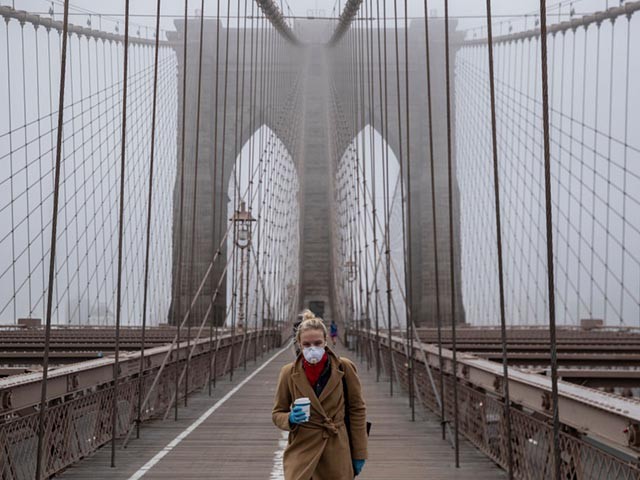The growth of the manufacturing sector in New York state abruptly and unexpectedly stalled in the first weeks of 2021, a survey from the Federal Reserve Bank of New York showed Tuesday.
After eighteen months of positive readings indicating growth, the general business conditions of the New York Fed’s Empire State Manufacturing Survey fell a steep thirty-three points to -0.7. Economists had forecast the index to decline slightly from 31.9 in December to 26, a level that would have indicated a very strong rate of growth.
The reading is the first indication of the health of the manufacturing sector in January. It is being looked to as an indicator for how the omicron surge in coronavirus infections may be impacting the economy. The survey indicates that the variant may be taking an even steeper toll than economists anticipated.T
The gauge of new orders showed a severe decline, falling 32 points to a negative five reading. That indicates orders fell. The shipments index declined to a reading of one, indicating that growth has ceased. Unfilled orders rose and delivery times continued to lengthen significantly.
The measure of the number of employees fell five points to 16.1, and the average workweek index fell to 10.3, indicating that firms increased employment and
hours worked, albeit at a slower pace than at the end of last year.
The prices paid index edged down four points to 76.7, and the prices received index fell eight points to 37.1. Despite the declines, both price gauges indicate substantial
increases in both input prices and selling prices. Buty in a sign that the pace of inflation may be abating, the rate of those price increases has slowed.
But businesses are not confident that pricing pressure will continue to ease. The indexes for future prices paid and received rose to record highs, indicating that businesses see more inflation coming later this year.
The index for future business conditions held steady at 35.1 percent, which suggests businesses expect the drag from the infection surge will pass. The plans for capital expenditure index rose to 39.7, a multiyear high. And the index for technology spending held steady at the very strong 31.9.
